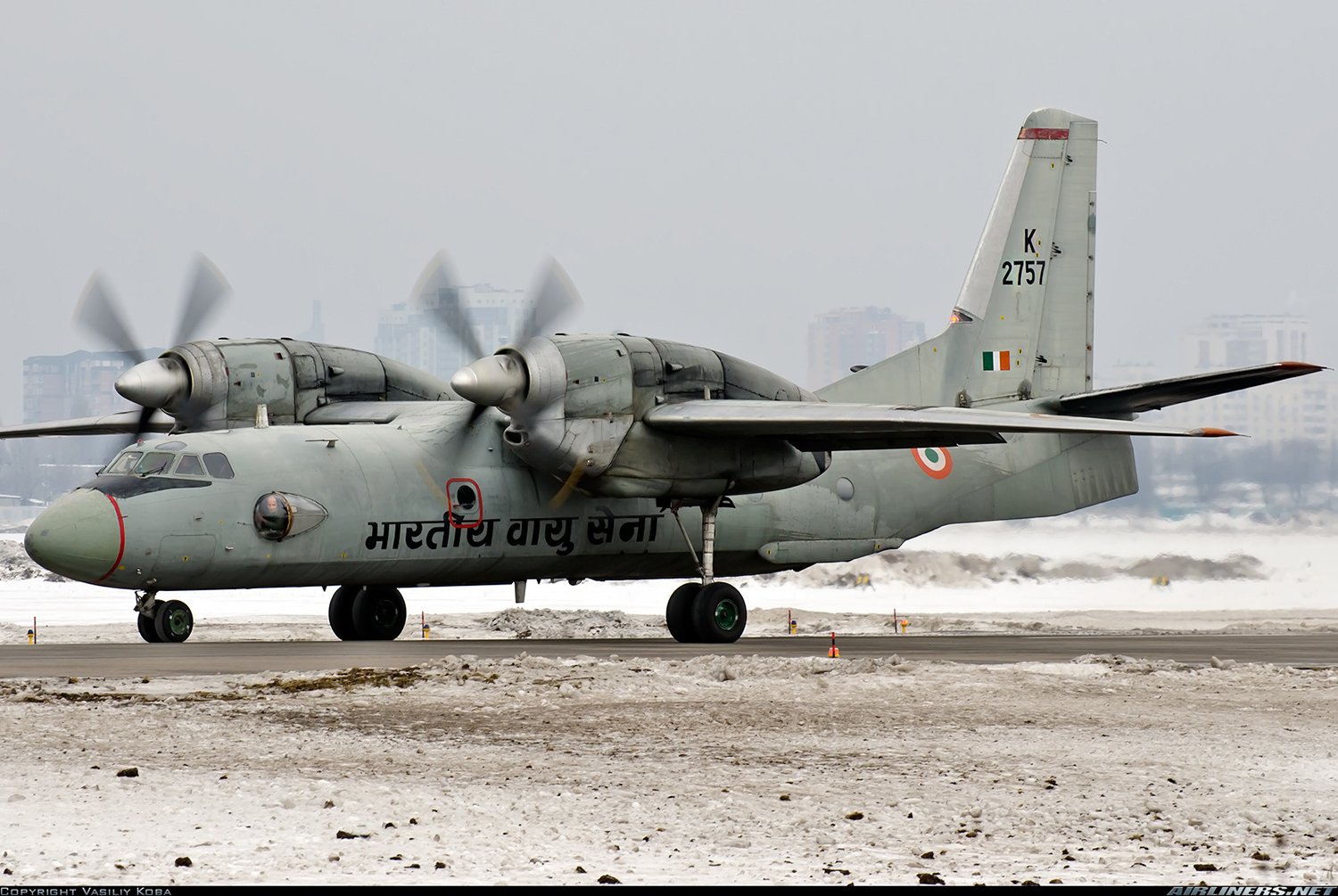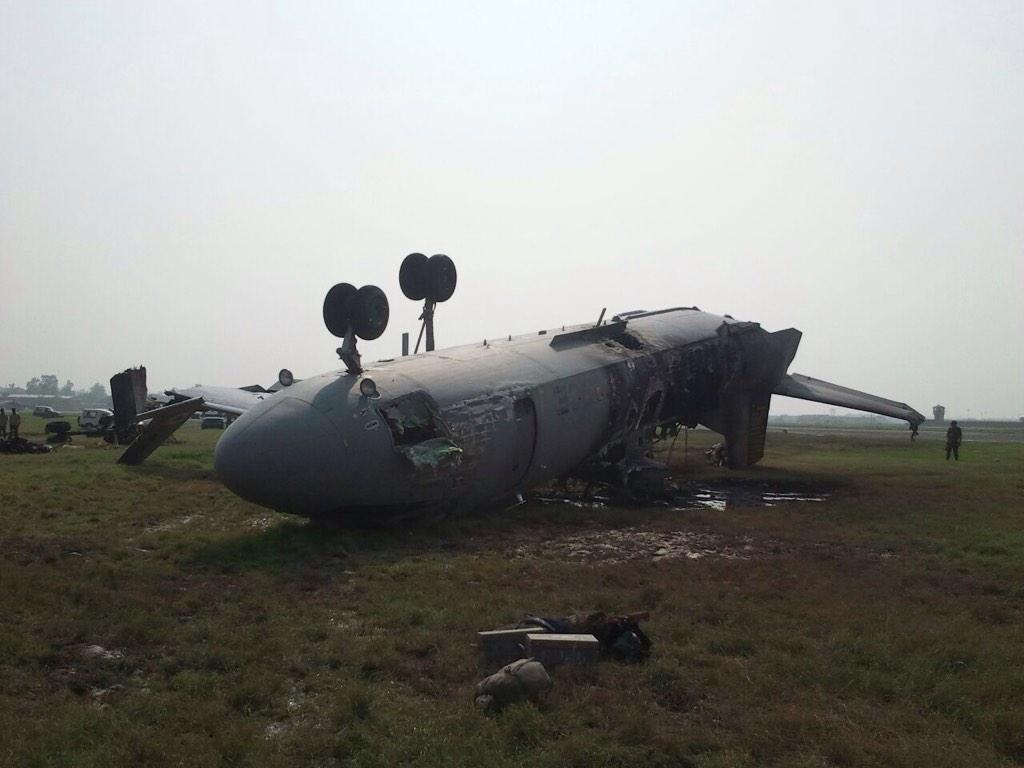Since yesterday morning, friends and others I know and feel a deep kinship for in the close knit fauji circle that we consider family; have been worried, very worried. An AN-32 aircraft – one of the Indian Air Force’s workhorses went missing after it took off from Tambram Base close to Chennai for a sortie to Port Blair. It was what is known as a regular ‘courier’ in IAF parlance; but for this aircraft things were very different as it lost radio contact soon after takeoff.
The missing AN 32

Image source
There were 29 people on board in the aircraft when it took off at 8.30 AM yesterday. There were 6 IAF crew other military personnel and some civilians. At about 9.12, the aircraft fell off the radar and lost contact. 12 naval and coast guard ships and a submarine were pressed into service to look for the plane that appeared to have disappeared without a trace. This seems to have yielded no results so far. It is likely that the aircraft plunged rapidly from its height of 23,000 some have opined.
The aircraft’s history
In 1986 there were two AN 32 mishaps: three was one crash in J&K and one aircraft went missing in over the Arabian Sea flying from Muscat to Jamnagar. Another mishap occurred in 1989 when the aircraft disintegrated in midair on a sortie from Delhi to Charbatia, in Orissa. In 1992, two AN 32 aircraft collided in a midair collision over Khanna in Punjab. In 1999, one of the aircraft crashed at the IGI Airport in Delhi. In 2009, there was a crash in Arunachal Pradesh. These crashes claimed many lives. The mishap at Jorhat in 2009 and the crash at Chandigarh in September 2014 claimed no lives.
Flying coffin?

Image source
The media has been quick to collate yesterday’s incidents and these incidents that took place over the last 30 years and label the AN 32 the ‘flying coffin’. But keep in mind the fact that these aircraft fly everyday in every weather, all terrains carrying all types of loads. In fact, this is a highly dependable and safe aircraft that is one of the lifelines for the nation’s military as well as for search, rescue and relief operations for natural disasters being able to land in some very difficult terrains as well.
Some of the problems were likely technical snags, some due to pilot error and some accidents caused by bad weather; all of which can and do happen in aviation unfortunately. While this fleet is admittedly an aging one, they are regularly overhauled to maintain serviceability. Calling this a flying coffin is much like calling an Airbus or a Boeing passenger aircraft a flying coffin. Sometimes tragedies happen and no one may be at fault.
While we wait and pray for some semblance of good news about this AN 32, let’s not assume the worse; and let’s not rush to apportion blame where none may be due. Yet.
Author – Reena Daruwalla





